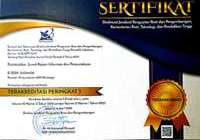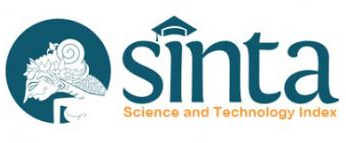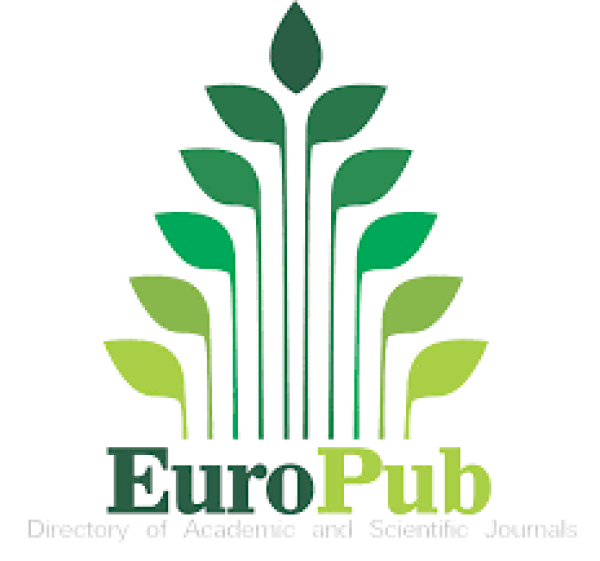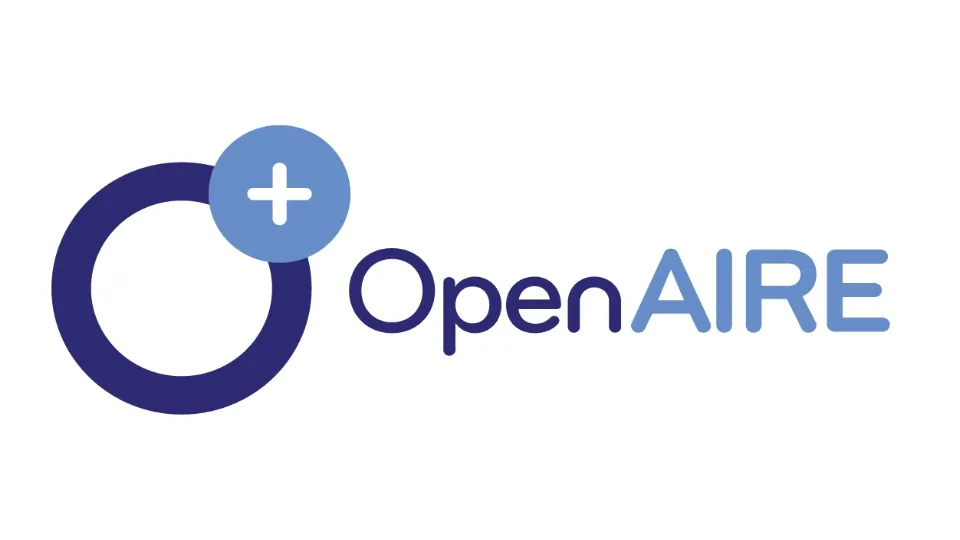Institutional Repository Sebagai Sarana Komunikasi Ilmiah Yang Sustainable Dan Reliable
DOI:
https://doi.org/10.21154/pustakaloka.v8i1.497Keywords:
Institutional repositories, scholarly communication, komunikasi ilmiahAbstract
Abstract; Institutional repositories development has drawn the attention of many scholars throughout the world. Using the keywords ”˜institutional repositories’, there are over 300 peer-reviewed articles related on the topic has been indexed in Library, Information Science, & Technology Abstracts (LISTA) and SCOPUS. There are also hundreds of theses, dissertations, and websites dedicated on this blooming trends. These are proofs that the importance of IR in higher education has been acknowledged by many professionals in the field. This paper aims at clarifying the role of repositories in strengthening scholarly communication in higher education and research institution and explaining some basic repositories concepts (types of repositories and their characteristics), as well as exploring its relations with open access movement, the development ideas, and resources that could be kept in repositories and deposit policies.
Abstrak; Pengembangan institutional repositories telah banyak menyita perhatian dari kalangan ilmiah di seluruh dunia. Melalui kata kunci ”˜institutional repositories’, ada lebih dari 300 artikel terulas mitra bestari yang berhubungan dengan topik ini, yang telah terindeks di Library, Information Science, & Technology Abstracts (LISTA), dan SCOPUS. Terdapat juga ratusan tesis, disertasi, dan website yang mengulas trend ini. Inilah bukti bahwa pentingnya institutional repositories (IR) telah dipahami oleh para profesional di bidangnya. Tulisan ini akan menjelaskan aturan-aturan repository dalam memperkuat komunikasi ilmiah di perguruan tinggi dan lembaga riset, menjelaskan konsep-konsep dasar repositories, termasuk tipe-tipe repository dan karakteristiknya. Tulisan ini juga akan memperdalam konsep repositories dalam hubungannya dengan gerakan open access, pengembangan ide-ide, sumber-sumber ilmiah yang dapat disimpan di repositories, serta kebijakan penyimpanan di dalamnya.
References
Arlitsch, Kenning, and Patrick S. O’Brien. “Invisible Institutional Repositories: Addressing the Low Indexing Ratios of IRs in Google Scholar.” Library Hi Tech 30, no. 1 (March 2, 2012): 60”“81. doi:10.1108/07378831211213210.
Armbruster, Chris, and Laurent Romary. “Comparing Repository Types - Challenges and Barriers for Subject-Based Repositories, Research Repositories, National Repository Systems and Institutional Repositories in Serving Scholarly Communication.” arXiv:1005.0839 [Cs], May 5, 2010. http://arxiv.org/abs/1005.0839.
Cochrane, Tom, and Paula Callan. “Making a Difference: Implementing the Eprints Mandate at QUT.” OCLC Systems & Services: International Digital Library Perspectives 23, no. 3 (August 28, 2007): 262”“68. doi:10.1108/10650750710776396.
Ifeanyi J. Ezema. “Building Open Access Institutional Repositories for Global Visibility of Nigerian Scholarly Publication.” Library Review 60, no. 6 (June 28, 2011): 473”“85. doi:10.1108/00242531111147198.
Jantz, Ronald C., and Myoung C. Wilson. “Institutional Repositories: Faculty Deposits, Marketing, and the Reform of Scholarly Communication.” The Journal of Academic Librarianship 34, no. 3 (2008): 186”“195.
Koler-Povh, Teja, Matjaž MikoÅ¡, and Goran Turk. “Institutional Repository as an Important Part of Scholarly Communication.” Library Hi Tech 32, no. 3 (September 9, 2014): 423”“34. doi:10.1108/LHT-10-2013-0146.
Lynch, Clifford A. “Institutional Repositories: Essential Infrastructure for Scholarship in the Digital Age.” Portal: Libraries and the Academy 3, no. 2 (2003): 327”“336.
Repanovici, Angela. “Measuring the Visibility of the University’s Scientific Production through Scientometric Methods: An Exploratory Study at the Transilvania University of Brasov, Romania.” Performance Measurement and Metrics 12, no. 2 (July 5, 2011): 106”“17. doi:10.1108/14678041111149345.
SPARC. “SPARC Institutional Repository Heck-List and Resource Guide.”SPARC, 2002. http://www.sparc.arl.org/sites/default/files/IR_Guide_%26_Checklist_v1.pdf.
Ware, Mark. Pathfinder Research on Web-Based Repositories. London: Publisher and Library/Learning Solutions, 2004.
Downloads
Published
How to Cite
Issue
Section
License
Requirements to be met by the author as follows:
- Author storing copyright and grant the journal right of first publication manuscripts simultaneously with licensed under the Creative Commons Attribution License that allows others to share the work with a statement of the work's authorship and initial publication in this journal.
Authors can enter into the preparation of additional contractual separately for non-exclusive distribution of a rich version of the journal issue (eg: post it to an institutional repository or publish it in a book), with the recognition of initial publication in this journal.
Authors are allowed and encouraged to post their work online (eg, in institutional repositories or on their website) prior to and during the submission process, because it can lead to productive exchanges, as well as citations earlier and more severe than published works. (see The Effect of Open Access).















